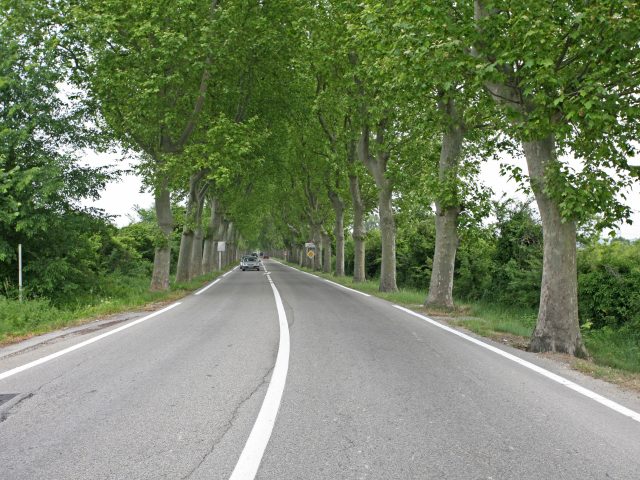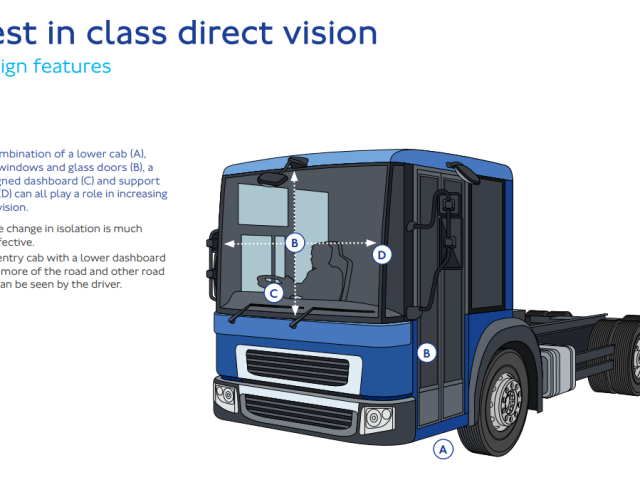Opinion: Eight-year-old vehicle safety standards need an urgent upgrade
By Antonio Avenoso, ETSC Executive Director
After the political turmoil of recent months, 2009, the year of Barack Obama’s inauguration, seems like another age. Back then only a handful of people had heard of Uber, Tesla’s plan for an ‘Autopilot’ feature or Google’s self-driving car project. Technological change, particularly in the car industry, has continued at a dizzying pace since then. But somehow, the European Commission didn’t get the memo. 2009 was also, believe it or not, the year of the last major revision of EU vehicle safety standards.
A revision has been expected for at least the last three years, but has been subject to numerous delays. The latest, announced at a meeting of the European Commission’s Motor Vehicle Working Group on 15 February puts new proposals back to March 2018.
This is totally unacceptable. Improved minimum vehicle safety standards are absolutely critical to reducing deaths and serious injuries on Europe’s roads. The numbers killed have stagnated and even been creeping up over the last three years. 500 people still die on our roads every week. It’s a devastating human toll but also an important economic one.
While many vehicles are tested by the Euro NCAP consumer testing programme, cars that only meet the minimum EU legal requirements today would receive zero stars – a fact that many European consumers are likely unaware. Euro NCAP recently accused one carmaker of deliberately downgrading the safety specification of a vehicle for the European market, because it was not thought likely to be tested. When Euro NCAP did decide to test the vehicle, it got just two stars. The organisation has played a crucial role in driving up standards, but a voluntary programme should never be seen as a replacement for legally-binding minimum standards.
In December, the Commission did finally publish a list of safety technologies that it is considering for inclusion in the next revision of minimum vehicle safety rules. It now needs to get on with the job of finalising it and publishing its proposed update to the law.
Making driver assistance technologies such as Automated Emergency Braking and Intelligent Speed Assistance standard features sooner rather than later will also help Europe’s pathway to higher levels of automation. Standardising and independently testing such features will be important groundwork for self-driving vehicles. Right now, the regulatory environment for these systems is totally unprepared.
Member States are also demanding action. In a letter sent earlier this month, eight ministers of transport from France, Germany, Italy and five others called for the measures to be published before the end of 2017.
Delaying the proposals inevitably leads to delays in implementation. And with 70 deaths every day on our roads, we cannot afford to wait any longer.








